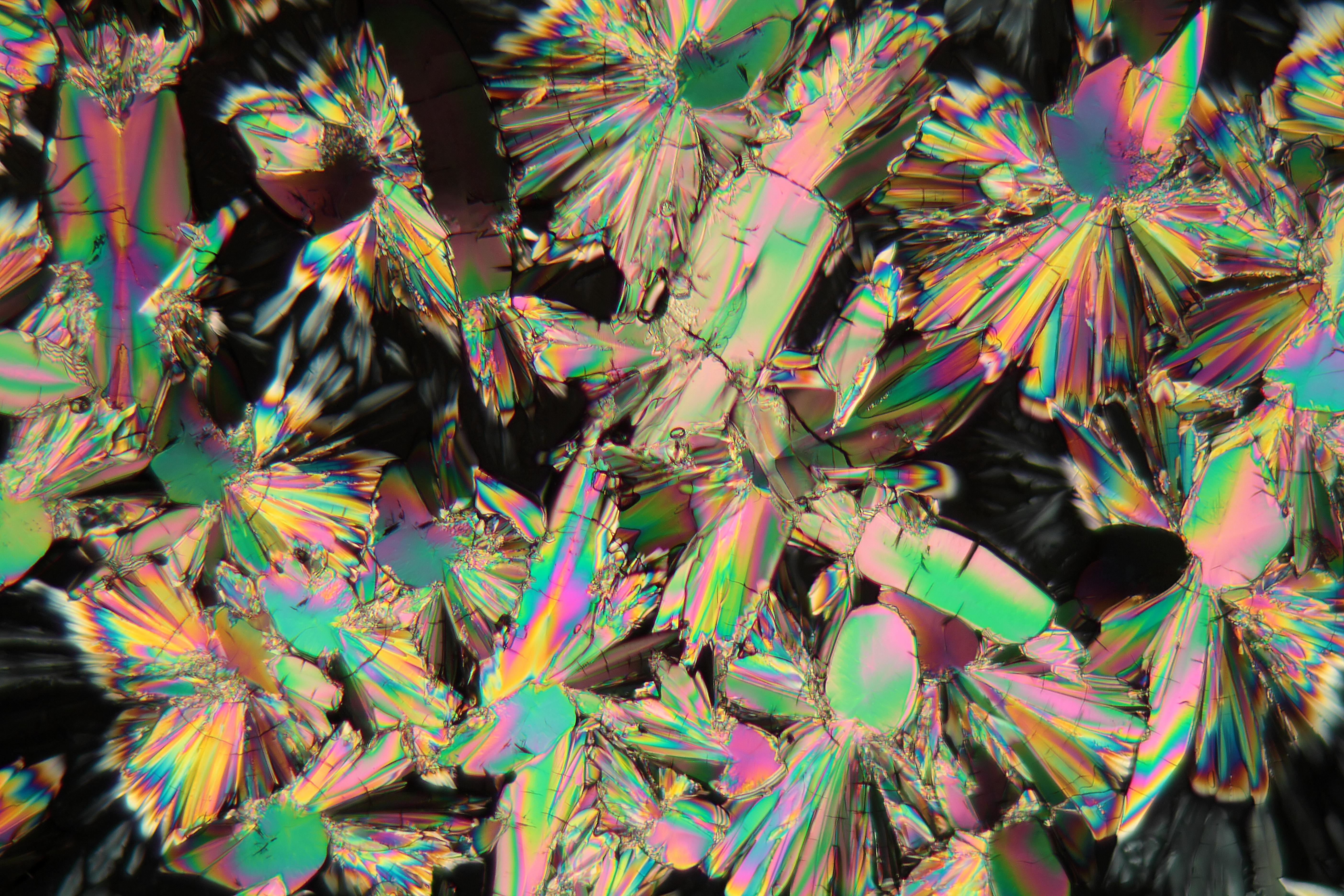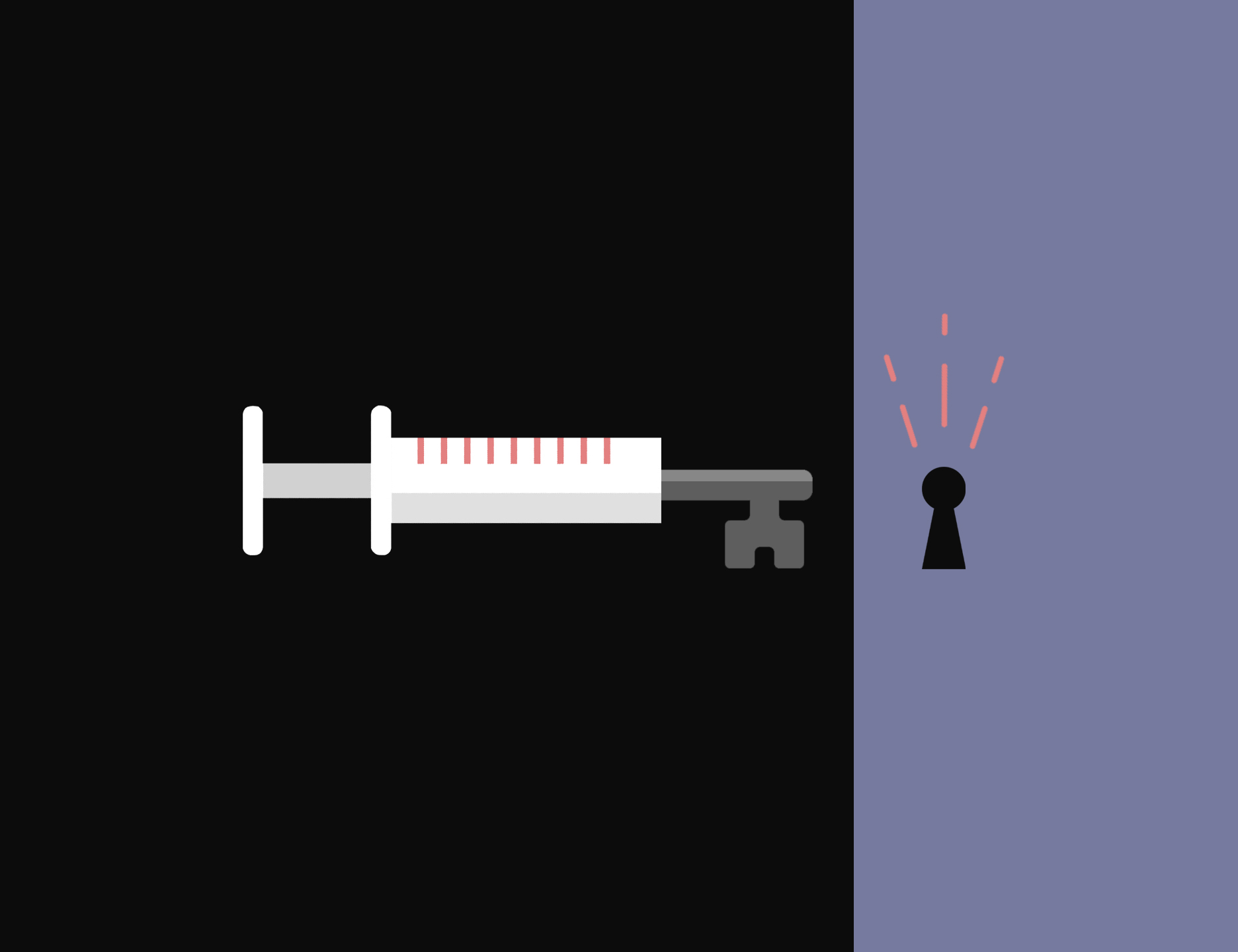Why organic chemistry is awesome
The 2016 Nobel Prize in Chemistry affords a great opportunity to appreciate the quiet glory of this field


Most branches of science have a well-known representative or two: Physics has Albert Einstein. Biology has Charles Darwin.
Chemistry, on the other hand, doesn't have anyone nearly so famous. Marie Curie or Linus Pauling come reasonably close, but they're not household names like Darwin and Einstein. And when it comes to organic chemistry (the study of carbon) it's an unfortunate truth that the fictional Walter White is probably the most famous such chemist in the world.
However, the recently awarded Nobel Prize in Chemistry affords a great opportunity to appreciate the subtleties of organic chemistry. It's not about sweeping theories of reality or evolution, but instead about building up, through years of painstaking and elaborate work, new and astonishing ways to manipulate atoms and molecules that could change how we live our lives.
The Week
Escape your echo chamber. Get the facts behind the news, plus analysis from multiple perspectives.

Sign up for The Week's Free Newsletters
From our morning news briefing to a weekly Good News Newsletter, get the best of The Week delivered directly to your inbox.
From our morning news briefing to a weekly Good News Newsletter, get the best of The Week delivered directly to your inbox.
The 2016 prize went to Jean-Pierre Sauvage, James Fraser Stoddart, and Bernard L. Feringa, for their work on molecular machines. This area of study is concerned with building up molecules that have the kinds of mechanical features you'd see on regular, life-size machines — think lifts, axles, and motors. These machines are fantastically tiny, often a mere dozen or so atoms across. By way of comparison, even a small protein in a living cell is about 10 times that size.
So, how did these researchers create such tiny machines?
The first step was figuring out how to use molecules to thread knots. Instead of a molecule where the atoms are bound together with direct covalent or ionic bonds, these molecules are looped together in the same way you'd loop a rope. Chemists long ago figured out how to thread one loop inside another, creating two interlocking rings (called "catenane"). But in 1983, Sauvage figured out how to thread in a second loop, with a deft use of a compound called phenanthroline, and copper ions. Soon, Sauvage and his team were putting together chains made with complex knots, like the trefoil knot and Solomon's knot.
Then, in 1991, Stoddart developed an elementary molecular axle. He synthesized a long ether chain with two hydroquinol "stations" in the middle, and two bulky caps on each end. He then "clipped" a ring around the axle, creating a structure called "rotaxane."
A free daily email with the biggest news stories of the day – and the best features from TheWeek.com
Later, by varying the characteristics of the ring and the stations, Stoddart and his team showed that the ring could be reliably moved back and forth between each station. These they developed into a tiny muscle fiber-like lifter mechanism — and even a prototype computer memory system, using a rotaxane's two stations like a transistor switch.
In 1999, Feringa developed the first true molecular motor. This used a clever arrangement of bonds and ultraviolet light to get a continual rotation going — and importantly, always in the same direction. (This paper contains a fascinating gif of the motor in action.) Feringa and his team proceeded to stick the motor on all manner of things, while working to improve its design. They created one motor that could rotate a glass cylinder 10,000 times larger than the motor itself, and another that could achieve a speed of 12 million rotations per second.
Each of these are splendid examples of what makes organic chemistry so cool. You might easily tie a knot in a thread with your hands, but atoms are so many orders of magnitude smaller that it wasn't until the 1980s that microscopy got good enough to even directly observe them, let alone string them into particular shapes. Organic chemists (focusing on carbon because of its centrality in life and unusual ability to form many types of bonds) had to develop a tremendous portfolio of theory and techniques just to understand and control matter at the atomic level. In the 1860s, it took August Kekulé years of patient work to infer the (quite simple) molecular structure of benzene, but now, 150 years later, we're making tiny molecular cars.
It's not entirely clear yet what you could do with this stuff. But as Richard Feynman pointed out in 1959, the eventual end goal is to be able to build things one atom at a time. This would be tremendously powerful. We could create new objects with incredible precision, which means far less waste. "Technology has never had this kind of precise control; all of our technologies today are bulk technologies," explains The Foresight Institute. "We take a lump of something and add or remove pieces until we're left with whatever object we were trying to create." The rest gets tossed aside. No more with molecular manufacturing.
And imagine what we could do by sending tiny machines into hard-to-reach places. For example, the blood stream:
Theorists envision creating machines that will be able to travel through the circulatory system, cleaning the arteries as they go; sending out troops to track down and destroy cancer cells and tumors; or repairing injured tissue at the site of the wound, even to the point of replacing missing limbs or damaged organs. [The Foresight Institute]
There will surely be more applications to come, and with them, perhaps more well-deserved Nobel Prizes. And maybe chemistry will get its own household name, after all. But in the mean time, let us celebrate the marvels of this field and all it has to offer our future.
Ryan Cooper is a national correspondent at TheWeek.com. His work has appeared in the Washington Monthly, The New Republic, and the Washington Post.
-
 A fentanyl vaccine may be on the horizon
A fentanyl vaccine may be on the horizonUnder the radar Taking a serious jab at the opioid epidemic
-
 The 8 best comedy TV series of 2025
The 8 best comedy TV series of 2025the week recommends From quarterlife crises to Hollywood satires, these were the funniest shows of 2025
-
 Codeword: December 16, 2025
Codeword: December 16, 2025The daily codeword puzzle from The Week
-
 Are zoos ethical?
Are zoos ethical?The Explainer Examining the pros and cons of supporting these controversial institutions
-
 Will COVID-19 wind up saving lives?
Will COVID-19 wind up saving lives?The Explainer By spurring vaccine development, the pandemic is one crisis that hasn’t gone to waste
-
 Coronavirus vaccine guide: Everything you need to know so far
Coronavirus vaccine guide: Everything you need to know so farThe Explainer Effectiveness, doses, variants, and methods — explained
-
 The climate refugees are here. They're Americans.
The climate refugees are here. They're Americans.The Explainer Wildfires are forcing people from their homes in droves. Where will they go now?
-
 Coronavirus' looming psychological crisis
Coronavirus' looming psychological crisisThe Explainer On the coming epidemic of despair
-
 The growing crisis in cosmology
The growing crisis in cosmologyThe Explainer Unexplained discrepancies are appearing in measurements of how rapidly the universe is expanding
-
 What if the car of the future isn't a car at all?
What if the car of the future isn't a car at all?The Explainer The many problems with GM's Cruise autonomous vehicle announcement
-
 The threat of killer asteroids
The threat of killer asteroidsThe Explainer Everything you need to know about asteroids hitting Earth and wiping out humanity
